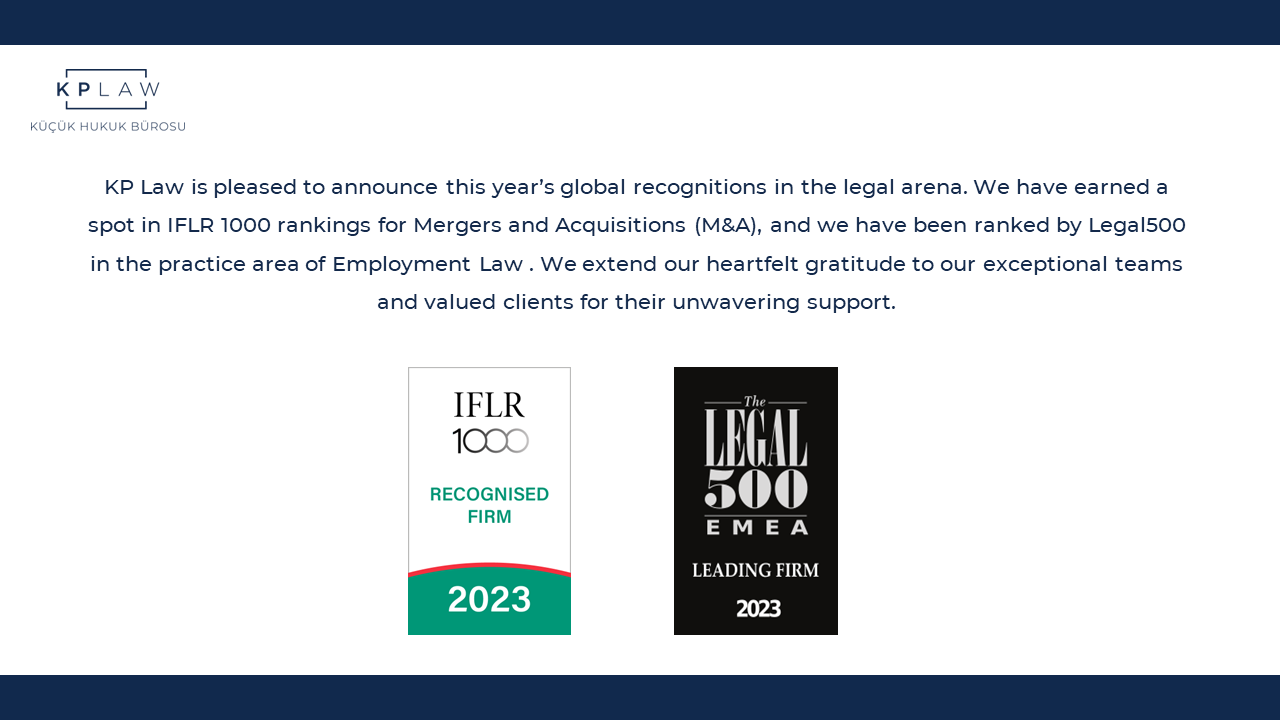News & Insights
As a Fintech Service: Platform Banking (BaaP)

Onur Küçük | MANAGING PARTNER
03.04.2023'Marketplace banking'
In the digitalization adventure of the banking sector, the banking experience requires being more compatible with technology due to increasing customer expectations. The platform banking model is one of the banking products and services designed during the digitalization process. In this article, we will define the platform-banking model, compare it with other models to make the concept more understandable, and talk about the necessary compliance processes.
Platform banking is a digital marketplace for banking and possibly non-banking services operated by a bank or non-bank organization. Thus, traditional and digital banking consists of a combination of fintech-based companies and third parties. In this model, banks continue to keep their customer relations in their ecosystem; Fintech companies are on the platform behind the scenes. At this point, products and services are developed and “leasing” to a bank by fintech-based companies or software/technology companies. In other words, platform banking means banking as a platform for fintech and technology companies.
There is potentially a triple-win situation: Bank customers win because they receive new and better services from their preferred banks; Fintech-based companies earn because they make a profit by selling their product to an established business; banks, on the other hand, win because they improve their systems and minimize the expenditures in support processes while increasing customer satisfaction. Most banks will need to significantly restructure their existing core banking application architecture and infrastructure to successfully implement platform banking standards.
For retail applications, we can say that banks provide "shopping loans" to users instead of consumer loans. Especially with the increase in the use of e-commerce, many products are bought by consumers on credit. The benefits of shopping with credit from thousands of stores and dozens of e-commerce platforms for customers are that no credit card limit is used, longer-term borrowing, and budget-friendly installments are offered. On the other hand, in case of non-payment due to the automatic transfer of the loan to the account, the bank and the consumer finalize the process. At the end of the day, retailers, e-commerce companies, and distributors are trying to offer their customers more and more financial products. This is the use of credit, credit, and debit cards.
BaaP - Why Now?
The move to the Banking-as-Platform model represents a major shift for established banks, many of which have been designing, building, and/or managing their technology for decades.
The issues to be considered for the transition to platform banking and the processes required for compliance can be compiled as follows;
- Open banking: All over the world, open banking legislation requires banks to become more open and collaborative. Participation in open banking is mandatory in many countries, so banks need to get rid of the closed "cash" approach. Over time, open banking will require banks to move towards a more open, horizontal architecture that facilitates collaboration. In the press release numbered 2022-48 published by the CBRT on 01.12.2022, the payment order initiation service and the delivery of consolidated information regarding the payment account on online platforms are defined as the payment service. These two services are called Payment Services and Data Sharing Services (ÖHVPS). In this context, the 'Open Banking Gateway' (GECIT) infrastructure was established with the cooperation of the CBRT and BKM. BKM was accepted as a technical service provider. Having completed the relevant tests and technical certifications, six banks started to serve as account service providers through GEÇİT. A (ÖHVPS) Guide was prepared on the subject, which includes detailed explanations of license and technical certification, and it was stated that the applications for operating permits will be evaluated by the CBRT.
Technology: Although APIs have been around for decades, they have recently become mainstream as a driver of innovation and growth. We can say that companies like Uber owe their existence to APIs. It should also be noted that the benefits of APIs are evident in almost every industry and are the building blocks of open banking and platform banking. The processes related to the name of the ÖHVPS API Principles and Rules (ÖHVPS API Standard) were explained in detail and the procedures were clarified, especially on issues such as preparation, authorization, withdrawal, and authentication of the payment order and account information consent.
- Customers: Technology has significantly increased customers' expectations. In the age of “mass customization”, customers expect to be offered financial services that fully meet their needs. With BaaP, banks can leverage the expertise, functionality, infrastructure, and scale of a technology partner while focusing on product and service innovations. With a variety of services and products, banks can appeal to more customers and geographies; thus, they can provide an environment of loyalty by increasing customer participation.
Examining the Concept of Platform Banking with Comparisons
- Open Banking vs Platform Banking
In short, open banking is the provision of account information service provider and payment initiation service provider services by sharing customer data with third parties through APIs at the request of the customer. In return for these services, customers can view all their bank account transactions on a single screen and make payments in a digital system instead of using physical POS devices. Customers control their data and have the authority to direct banks to share this data with third-party companies they trust. You can find our article with detailed information on the subject here. (Konu ile ilgili detaylı bilgileri içeren yazımıza buradan ulaşabilirsiniz. [EA1]
Platform banking, on the other hand, is a digital marketplace where a bank or other third party offers banking and non-banking services. Platform banking requires secure data communication via APIs. So platform banking becomes possible but not the same as open banking. Integration with banks and third-party organizations is ensured through APIs, customers can make payment transactions without leaving the bank application.
- Banking as a Service (BaaS) vs Platform Banking (BaaP)
Banking as a Service (BaaS for short) is a business model that allows companies to provide financial services, often associated with banks or financial institutions. Platforms and marketplaces with large user bases, for example, benefit greatly by offering an e-wallet functionality for their customers through deposit accounts. “Banking as a Platform” is the opposite of “Banking as a Service”. As already established, the BaaS business model means that banking institutions allow fintech and non-financial businesses to offer financial services. Banking as a Platform (BaaP for short) enables fintech and non-financial companies to serve banking institutions. Therefore, unlike the BaaS model, banks completely manage customer transactions themselves.
- Traditional Banking and Platform Banking
In traditional banking; banks offer their products and services to their customers in their networks (Branch, Internet-Mobile Banking, ATM…). In platform banking, banks open not only their products and services but also the products of the companies they cooperate with to their customers.
The developments in the digitalization process are leading the banking sector to platform banking. The open banking initiative forces banks to give up their monopolies and open their systems to third parties. This situation is also encountered in the process of harmonization with PSD2 in Europe. For banks to prepare for and benefit from the prospects of platform banking during this period, they will need to set their near and long-term business goals and choose the best platform banking strategies.
*This article has been originally published on Harvard Business Review Türkiye on March 15, 2023. Please click here for the original article in Turkish.

